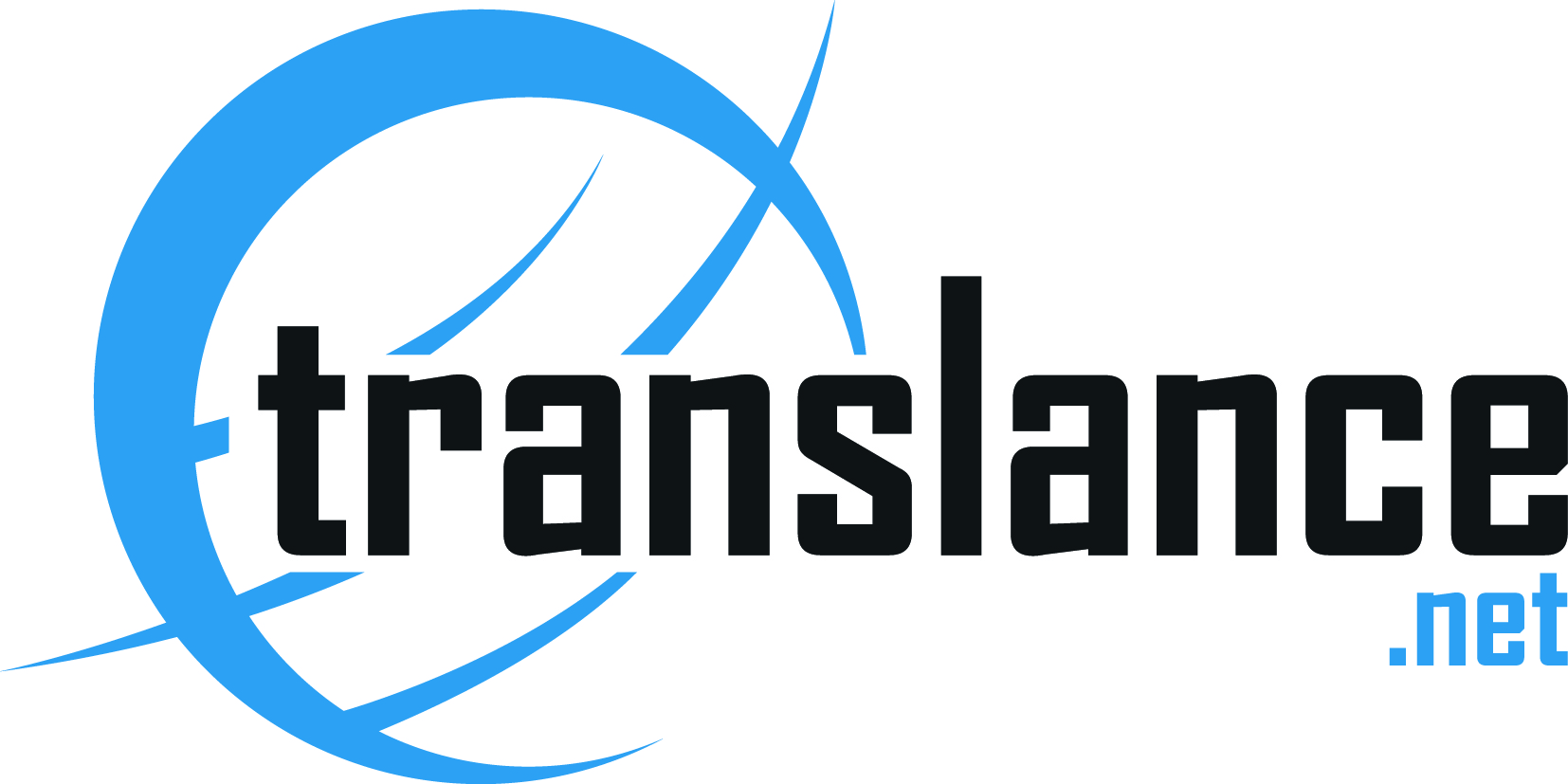Definitions
A reference index is a rundown of sources (books, diaries, Web locales, periodicals, and so on) one has utilized for investigating a theme. Book indices are at times called "References" or "Works Cited" contingent upon the style design you are utilizing. A book index normally incorporates the bibliographic data (i.e., the writer, title, distributer, and so on.).
An explanation is a rundown and additionally assessment. Hence, a clarified reference index incorporates an outline or potentially assessment of every one of the sources. Contingent upon your task or the task, your comments might do at least one of the accompanying.
• Sum up: Some comments just sum up the source. What are the primary contentions? Why of this book or article? What points are covered? On the off chance that somebody asked what this article/book is about, what might you say? The length of your explanations will decide how nitty gritty your rundown is.
For more assistance, see our gift on rewording sources.
• Survey: After summing up a source, assessing it might be useful. Is it a valuable source? How can it contrast and different sources in your book index? Is the data dependable? Is this source one-sided or objective? What is the objective of this source?
For more assistance, see our freebees on assessing assets.
• Reflect: Once you've summed up and surveyed a source, you really want to ask how it squeezes into your exploration. Was this source supportive to you? How can it assist you with forming your contention? How might you involve this source in your exploration project? Has it changed your opinion on your theme?
Your explained book index might incorporate a portion of these, these, or even others. On the off chance that you're doing this for a class, you ought to get explicit rules from your teacher.
For what reason would it be a good idea for me to compose an explained book index?
To find out about your point: Writing an explained book index is fantastic groundwork for an exploration project. Simply gathering hotspots for a book reference is helpful, yet when you need to compose explanations for each source, you're compelled to painstakingly peruse each source more. You start to peruse all the more basically rather than simply gathering data. At the expert level, clarified book indices permit you to see what has been done in the writing and where your own exploration or grant can fit. To assist you with forming a theory: Every great exploration paper is a contention. The motivation behind research is to state and support a theory. In this way, a vital piece of exploration is fostering a postulation that is easily proven wrong, intriguing, and current. Composing a commented on book index can assist you with acquiring a decent viewpoint on the thing is being said about your point. By perusing and answering an assortment of sources on a theme, you'll begin to see what the issues are, what individuals are squabbling over, and you'll then have the option to foster your own perspective.
To help different specialists: Extensive and academic clarified book indices are in some cases distributed. They give a complete outline of everything vital that has been and is being said about that theme. You may not at any point get your commented on book reference distributed, yet as a scientist, you should search for one that has been distributed about your subject.
Design
The configuration of a commented on book index can change, so assuming you're doing one for a class, it's vital to request explicit rules.
The bibliographic data: Generally, however, the bibliographic data of the source (the title, writer, distributer, date, and so forth) is written in either MLA or APA design. For more assistance with designing, see our MLA gift. For APA, go here: APA gift.
The explanations: The comments for each source are written in passage structure. The lengths of the comments can change altogether from two or three sentences to a few pages. The length will rely upon the reason. On the off chance that you're simply composing outlines of your sources, the explanations may not be extremely lengthy. In any case, in the event that you are composing a broad investigation of each source, you'll require more space.
You can concentrate your explanations for your own requirements. A couple of sentences of general rundown followed by a few sentences of how you can squeeze the work into your bigger paper or undertaking can work well for you when you go to draft.
 English
English Persian
Persian
